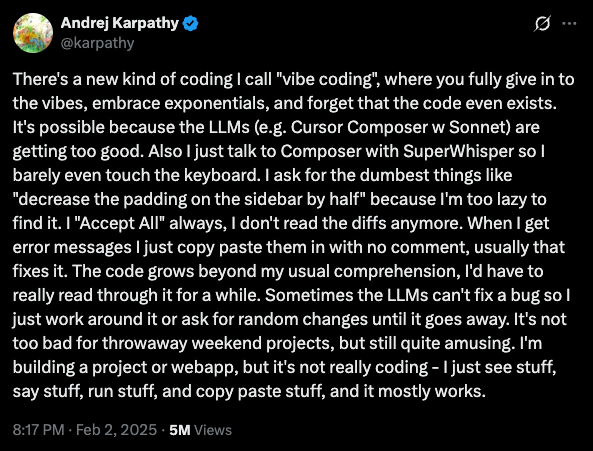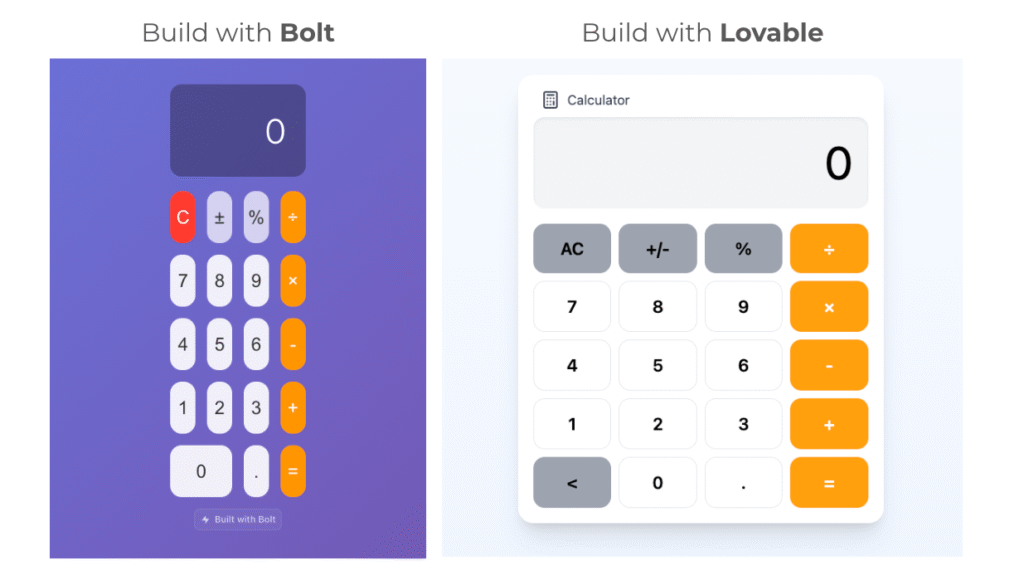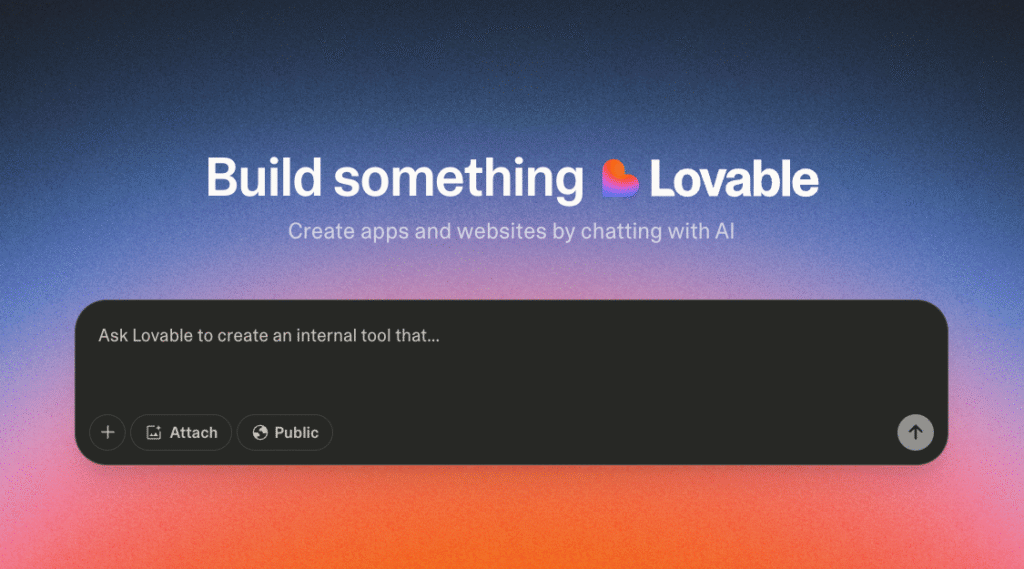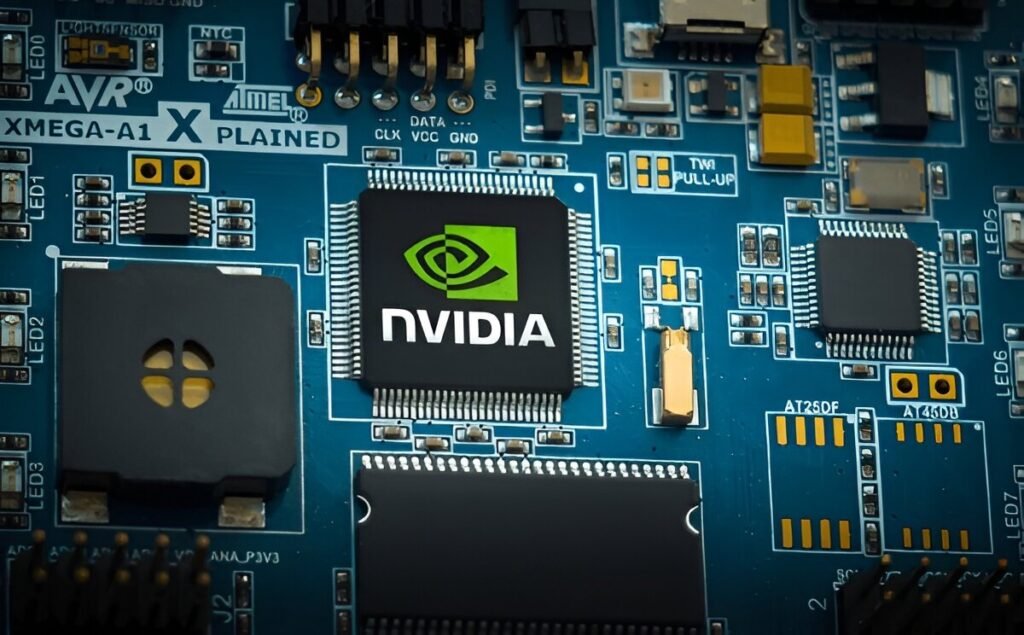In early 2025, Andrej Karpathy introduced a concept that shook the developer world: vibe coding. His explanation came with a promise – a future where programming feels like jamming with an AI bandmate rather than typing endless lines of syntax alone. As AI evolves, vibe coding is becoming a real force in the software development landscape.
Many people still ask what is vibe coding and why it matters. They wonder if it’s another buzzword or a trend that will fade. However, vibe coding is more than a flashy idea. It represents a shift in how we build, think, and innovate with code. Instead of needing years to master programming languages, creators can now build with AI assistance, relying on natural language instructions to bring their visions to life.
Despite its benefits, vibe coding faces misunderstanding. Some see it as cheating or lazy coding. Others think it threatens developer jobs. But when understood deeply, vibe coding unlocks productivity, creativity, and access to software creation like never before. Let’s explore vibe coding meaning, tools, myths, and its future impact on the world.
What Is Vibe Coding?
Vibe coding is a new way to create software using artificial intelligence models tuned for programming. It’s called “vibe coding” because it feels like improvising – you describe your idea to the AI, and it generates the code instantly. There is no rigid step-by-step flow or manual syntax memorization. You simply guide the AI, check its output, and refine your project.
In vibe coding, large language models (LLMs) act as your coding partner. You prompt them in natural language, and they respond with code snippets, functions, or even full application structures. This transforms the developer from a code typist into an architect and designer.
Andrej Karpathy’s popular phrase from 2023 captures vibe coding well: “The hottest new programming language is English.” The rise of AI tools has proven this true. Now, with vibe coding, the barrier to software creation lowers, opening doors for creators, entrepreneurs, and developers worldwide.

The Vibe Coding Definition
The vibe coding definition is simple yet powerful: Vibe coding is AI-assisted, conversational software development that prioritizes improvisation and natural language commands over traditional manual coding.
The word “vibe” emphasizes an intuitive, creative approach rather than strict logical progression. While programming traditionally required knowing languages like Python, JavaScript, or C++, vibe coding requires knowing how to communicate ideas clearly to AI. You provide goals and constraints, and the AI translates them into executable code.
For example, instead of writing:
javascriptCopyEditfunction add(a,b){ return a+b; }
You say:
“Create a function that adds two numbers and returns the result.”
And the AI writes it for you. This shifts the focus from syntax mastery to problem-solving clarity.
Vibe Coding Tools
The vibe coding revolution has led to the rise of specialized tools. Each tool serves different needs, from building web apps to deploying production-ready software without traditional programming knowledge.
Lovable.dev
Lovable.dev lets you build web apps through conversational prompts. You type what you want, and Lovable generates React components, backend logic, and deployable prototypes. For example, you can say:
“Create a to-do app with add, delete, and edit features.”
Lovable generates the layout, logic, and connections. You tweak UI styles, colors, or add animations by simple instructions. It is ideal for fast prototyping or MVP development.
Bolt.new
Bolt.new focuses on instant app deployment. It turns your prompts into functional apps hosted directly on their platform. Bolt supports integrations with APIs, allowing even non-coders to create apps that fetch, process, and display data with minimal configuration.
You can prompt:
“Build a weather app that shows current temperature, humidity, and forecast using OpenWeatherMap API.”
Bolt generates the app, fetch logic, and UI styling in minutes.
v0 by Vercel
v0 by Vercel is designed for UI developers. It transforms text prompts into ready-to-use React components with Tailwind CSS styling. If you want a responsive navbar or a pricing card layout, v0 generates it with clean, production-grade code.
For front-end heavy projects, v0 reduces design time drastically, enabling fast iterations.
Fine.dev
Fine.dev integrates AI directly into your coding environment. It offers suggestions, bug fixes, code generation, and explanations in real-time. Fine.dev targets professional developers seeking AI productivity within their current workflows rather than external app builders.
It supports multiple languages, frameworks, and works seamlessly with VS Code extensions.
Windsurf Editor by Codeium
Windsurf Editor acts as an AI pair programmer. You can write partial functions, and it completes the rest logically. It also generates new functions based on comments or problem descriptions. Windsurf is powerful for backend and data-heavy applications where logical consistency is critical.
Codev by co.dev
Codev by co.dev combines AI coding with deployment pipelines. It turns your ideas into live projects. Whether it’s a SaaS app or automation tool, Codev auto-generates the code, connects services, and deploys on cloud platforms. It’s ideal for entrepreneurs launching products quickly without hiring large dev teams.
HeyBoss
HeyBoss focuses on business workflow automation apps. You describe what internal tool you want, such as inventory trackers, approval flows, or dashboards. HeyBoss generates the backend logic, database connections, and a user-friendly interface instantly.
Why Vibe Coding Is Catching On
Vibe coding is catching on for several reasons:
- Accessibility. People without coding backgrounds can build apps with AI assistance. Entrepreneurs, designers, and analysts can create tools to solve their own problems.
- Speed. Developers prototype, test, and deploy apps in hours rather than days or weeks.
- Cost Reduction. Startups save money by reducing the need for large engineering teams for MVPs.
- Creativity Unlocked. Developers focus on functionality, design, and problem-solving instead of boilerplate syntax.
- Integration with Workflows. Tools like Fine.dev and Windsurf integrate AI seamlessly into existing IDEs, preserving professional standards while enhancing productivity.
Companies across industries now adopt vibe coding to speed up digital transformations. Marketing teams build campaign dashboards, HR creates onboarding apps, and operations automate workflows – all with minimal developer intervention.
How It Works: A Real Scenario
Let’s see vibe coding in a real scenario: building a basic calculator.
Using Lovable.dev
Open Lovable.dev’s calculator project.
Prompt:
“Create a calculator that adds, subtracts, multiplies, and divides two numbers. Include a clear design with large buttons.”
Lovable generates:
- Input fields for two numbers
- Buttons for each operation
- Display area for results
- React code components
You test the app live, adjust button styles, and publish it. The entire process takes under 15 minutes. Simple and fast as that.
Creating with Bolt.new
Alternatively, you can build the same calculator app using Bolt.new. While Lovable.dev focuses on prototyping with design-first outputs, Bolt.new specializes in creating fully deployable apps quickly.
To create a calculator in Bolt.new:
- Open Bolt.new and start a new project.
- Enter the prompt:
“Build a simple calculator app that can add, subtract, multiply, and divide two numbers. Include input fields, operation buttons, and a results display.”
- Bolt generates:
- A functional calculator with clean UI components
- Backend logic for operations
- Deployment configuration for instant publishing
Unlike Lovable.dev, Bolt deploys your app directly to a live URL without extra steps. Its interface emphasizes speed and integration, making it ideal for launching minimal apps rapidly.
This comparison shows that while both Lovable.dev and Bolt.new enable vibe coding, each offers different strengths. Lovable excels in UI-focused prototypes, while Bolt delivers ready-to-use live applications with minimal configuration.

When compared to AI tools like Manus AI and Grok AI, which focus on advanced natural language reasoning and knowledge extraction, vibe coding tools like Bolt and Lovable are designed specifically to build and deploy software applications through conversational prompts.
Common Myths About Vibe Coding
Myth 1: Vibe coding replaces programmers.
Reality: It enhances developer productivity. Programmers focus on architecture, security, and advanced logic while AI handles repetitive syntax.
Myth 2: Vibe coding produces low-quality code.
Reality: Quality depends on prompt clarity and human review. Skilled developers use vibe coding to speed up robust software creation.
Myth 3: Vibe coding is only for beginners.
Reality: Professionals use it to eliminate boilerplate tasks and build apps faster, focusing on innovation and system design.
Myth 4: AI understands exactly what you mean.
Reality: Prompts must be clear and structured. AI cannot read minds. Developers refine prompts iteratively to get the best outputs.
Ethical Considerations and Pitfalls
Vibe coding brings ethical and practical considerations:
- Code Ownership. If AI writes code, who owns it? You, the AI vendor, or the model trainers? Legal frameworks remain unclear.
- Security Risks. AI-generated code may have hidden vulnerabilities. Manual review, testing, and security audits remain essential.
- Bias in Code Suggestions. AI models trained on public data inherit biases or outdated practices. Developers must assess outputs critically.
- Job Displacement Fear. Vibe coding changes developer roles. Instead of eliminating jobs, it shifts them towards AI supervision, system design, and prompt engineering.
- Environmental Impact. Training and running large models require significant energy. Efficient usage and sustainable AI practices are necessary.
The Future of Vibe Coding
Vibe coding is shaping the future of software development in profound ways:
- Education Shifts. Programming courses will focus on AI prompt engineering, ethics, and logic design rather than memorizing syntax rules.
- New Job Roles. Prompt engineers, AI supervisors, and vibe coding consultants will emerge as key roles in tech companies.
- Tool Evolution. Tools like Lovable.dev and Bolt.new will integrate advanced deployment, API orchestration, and design features, becoming end-to-end app builders.
- Cross-Industry Adoption. Healthcare, education, retail, and manufacturing will use vibe coding to build internal tools, dashboards, and AI-powered apps with minimal development overhead.
- Greater Collaboration. Developers will co-create with AI models as true partners. The improvisational nature of vibe coding enhances creativity, similar to musicians riffing ideas to produce a masterpiece.
- Ethics and Governance. As vibe coding grows, policies around AI code ownership, accountability, and security standards will become mandatory.
Imagine a future where you think of a solution to a problem in the morning, describe it to an AI, and deploy it by lunch. Vibe coding is turning this imagination into reality. The next generation of developers will not just write code. They will design solutions in conversation with AI, unlocking human potential at a scale never seen before.



